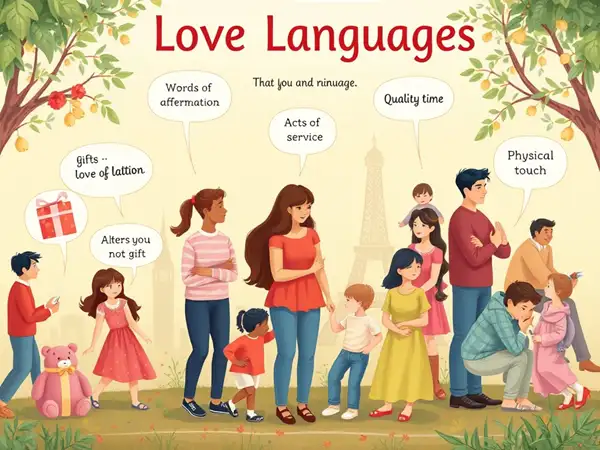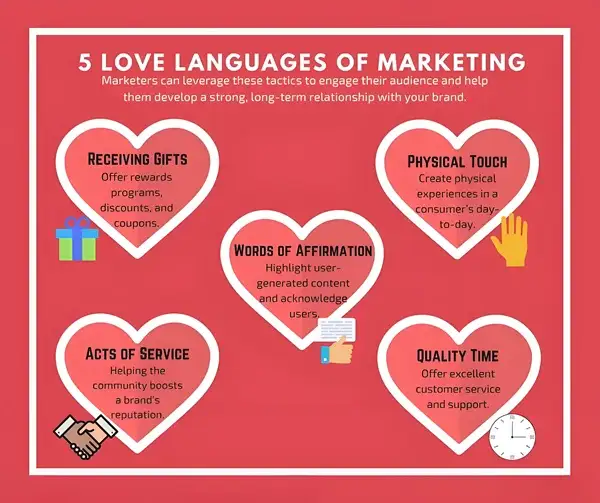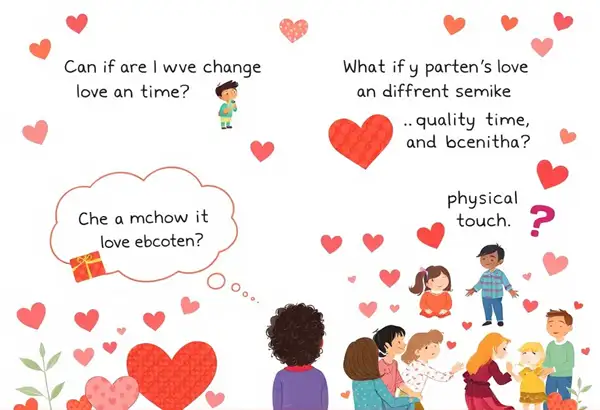How to Find Your Love Language: A Step-by-Step Guide
Do you ever feel like your efforts to show love don’t fully connect with your partner, or that their way of expressing affection doesn’t quite resonate with you? Learning how to find your love language—and understanding your partner’s—can transform your relationships.

The concept of love languages, introduced by Dr. Gary Chapman, outlines five unique ways people express and receive love. By discovering your primary love language and incorporating it into your daily interactions, you can foster stronger emotional bonds, improve communication, and create a more fulfilling connection with your loved ones.
This guide explains how to find your love language, explores actionable ways to identify your partner’s preferences, and includes practical advice for applying these insights in everyday life. Whether you’re in a romantic relationship, building friendships, or strengthening family ties, love languages offer a powerful tool for deeper understanding.
What Are the Five Love Languages?
Dr. Gary Chapman’s groundbreaking book, The 5 Love Languages: The Secret to Love That Lasts, introduces the idea that people express and experience love in five primary ways. These love languages provide a framework for understanding emotional connections:

- Words of Affirmation: Expressing love through verbal or written words of encouragement, compliments, and appreciation.
- Quality Time: Showing love by giving someone your undivided attention and sharing meaningful activities together.
- Physical Touch: Using physical affection—like hugs, kisses, or holding hands—to express care.
- Acts of Service: Demonstrating love through thoughtful actions that ease another person’s burdens.
- Receiving Gifts: Conveying love through meaningful and thoughtful presents, both big and small.
Each person has a dominant love language, though many people resonate with more than one. Identifying your love language can clarify your emotional needs and help you communicate them more effectively.
Quick Comparison Chart
This table offers a side-by-side look at the five love languages to help you better understand their nuances:
| Love Language | Associated With | It Might Be Yours If | If This Sounds Like a Partner |
|---|---|---|---|
| Words of Affirmation | Verbal expressions of love, appreciation, and encouragement | You like hearing “I love you” often, and you thrive when encouraged by others | Say—and mean—more “I love you’s,” “thank you’s,” or “you matter to me’s” |
| Quality Time | Giving another person your undivided attention | You make time for others and feel disconnected without enough quality time | Plan date nights, turn off your phones, and have meaningful conversations |
| Physical Touch | Connection through appropriate physical touch | You’re a “touchy-feely” person who feels loved through physical closeness | Hold hands, show affection openly, and prioritize physical intimacy |
| Acts of Service | Selfless, thoughtful acts that make life easier | You’re happy when someone helps without being asked; actions speak louder than words | Help with chores, make meals, or draw them a relaxing bath |
| Receiving Gifts | Tangible tokens of love and thoughtfulness | You pride yourself on giving meaningful gifts and cherish the ones you receive | Surprise them with thoughtful gifts, big or small |
Understanding these differences can help you express love in ways that truly resonate with your loved ones.
Why Finding Your Love Language Matters

For Yourself
Knowing your love language enhances self-awareness and helps you communicate your emotional needs effectively. This clarity can improve your relationships and boost your overall sense of emotional fulfillment.
For Your Relationships
When you understand your partner’s love language, you can show love in a way that feels most meaningful to them. This can improve communication, strengthen your bond, and reduce misunderstandings.
Beyond Romance
Love languages aren’t limited to romantic relationships. They can deepen connections with friends, family members, and even coworkers by helping you recognize and meet their emotional needs.
How to Find Your Love Language

Step 1: Take the Love Language Test
The simplest way to identify your love language is to take a free Love Language Test. This quiz provides a personalized ranking of the five love languages based on your preferences and behaviors.
Step 2: Reflect on Past Experiences
Think about the moments when you felt most loved and appreciated. Was it through verbal praise, thoughtful actions, quality time, physical affection, or meaningful gifts? These reflections can reveal patterns in how you experience love.
Step 3: Observe Your Actions
Pay attention to how you naturally express love. If you often give compliments, your love language might be words of affirmation. If you enjoy planning activities, quality time could be your preference.
Step 4: Ask for Feedback
Talk to your loved ones about your behaviors. They might offer valuable insights into how you show and receive love.
How to Find Your Partner’s Love Language
Understanding your partner’s love language is key to building a strong and supportive relationship. Here’s how you can discover their preferences:

1. Have an Open Conversation
Ask your partner directly about what makes them feel most loved. Discuss the five love languages and explore which ones resonate with them. Sharing specific examples from your relationship can clarify their emotional needs.
2. Observe Their Behavior
People often show love in the way they prefer to receive it. If your partner frequently gives compliments, their love language might be words of affirmation. If they prioritize planning date nights, quality time could be their top preference.
3. Experiment with Different Approaches
Try expressing love in various ways—verbal praise, physical touch, acts of service—and observe their reactions. Adjust your approach based on what seems to resonate most.
4. Take the Quiz Together
Make it a fun date night activity to take the Love Language Test together. Discuss your results and brainstorm ways to incorporate each other’s love languages into your daily lives.
Applying Love Languages in Everyday Life

Words of Affirmation
- Compliment your partner regularly.
- Send thoughtful texts or write heartfelt notes.
Quality Time
- Plan regular date nights or one-on-one activities.
- Eliminate distractions during meaningful conversations.
Physical Touch
- Offer hugs, hold hands, or cuddle during quiet moments.
- Be intentional with physical gestures of affection.
Acts of Service
- Help with daily tasks or chores without being asked.
- Surprise your partner by running errands or preparing their favorite meal.
Receiving Gifts
- Give small, thoughtful presents, like a favorite treat or a handwritten card.
- Celebrate milestones with personalized gifts that show you care.
Love Languages FAQs

Can Love Languages Change Over Time?
Yes, love languages can evolve as life circumstances and relationships change. Reassess your preferences regularly and communicate any changes with your loved ones.
What If My Partner’s Love Language Is Different from Mine?
It’s common for partners to have different love languages. Focus on learning and practicing each other’s preferences. This effort can strengthen your connection and foster mutual understanding.
Are Love Languages Useful Outside of Romantic Relationships?
Absolutely. Applying love languages in friendships, family relationships, and even workplace dynamics can improve connections and build stronger bonds.
Final Thoughts: Discovering the Power of Love Languages
Learning how to find your love language—and understanding your partner’s—can unlock the potential for deeper, more meaningful relationships. Use tools like the Love Language Test and the insights from this guide to tailor your expressions of love, ensuring your loved ones feel seen, valued, and appreciated.

Start your journey today by discovering your love language and creating stronger connections in every area of your life.